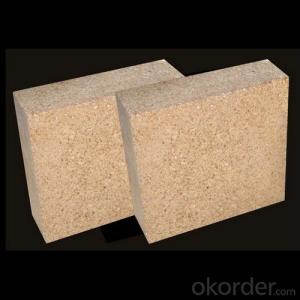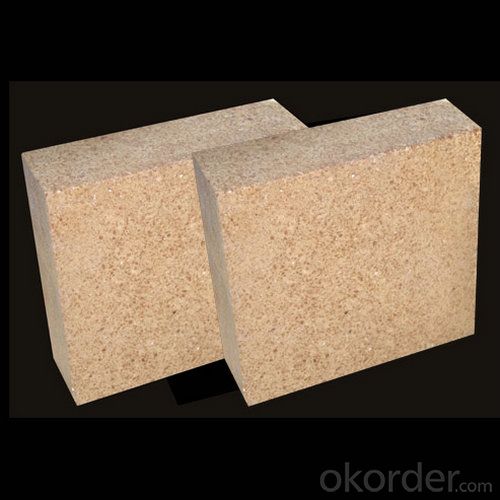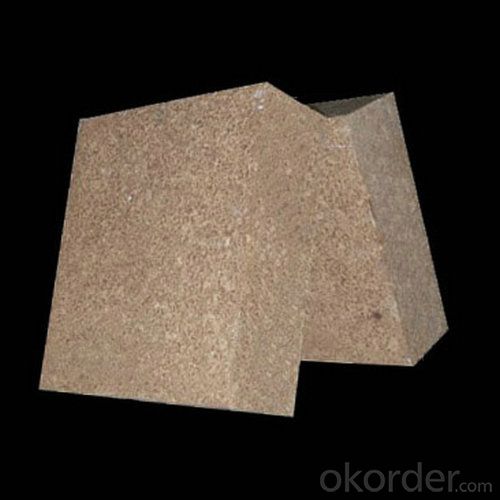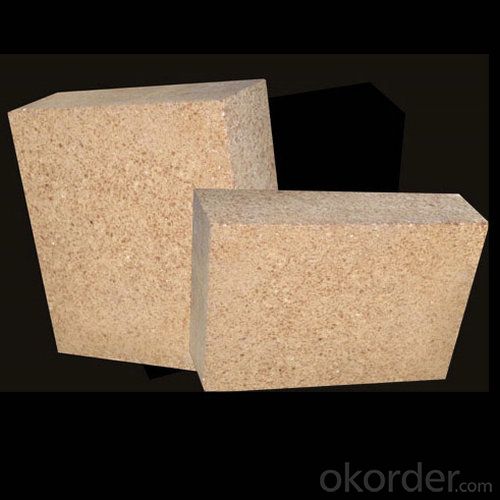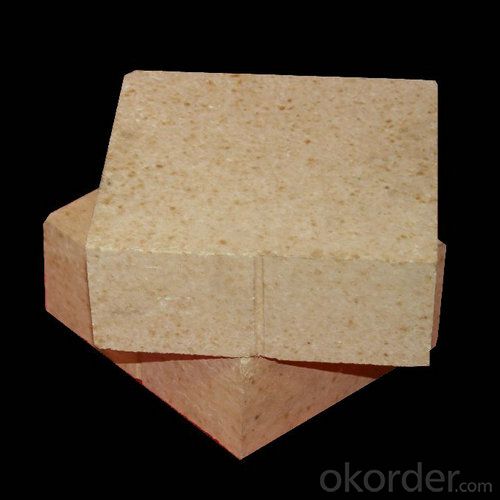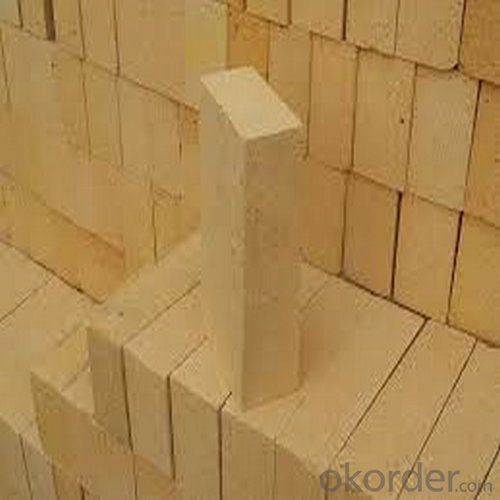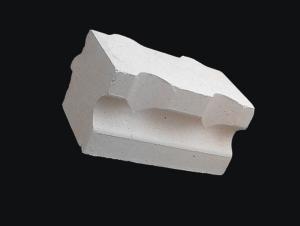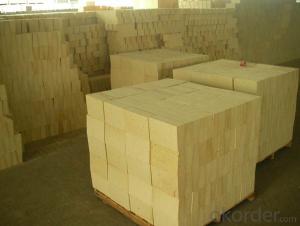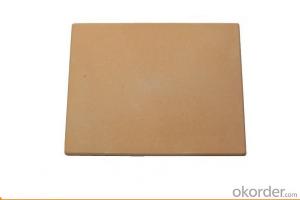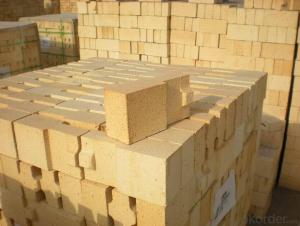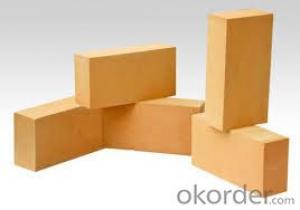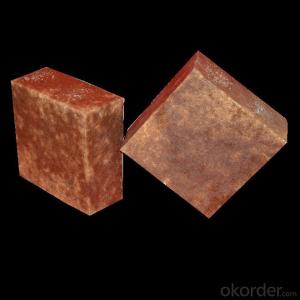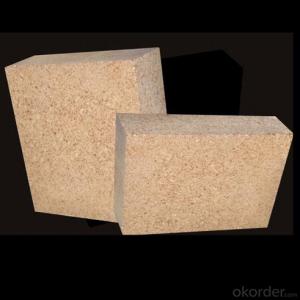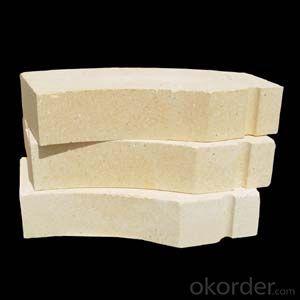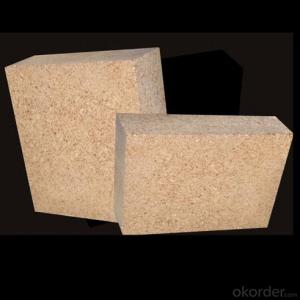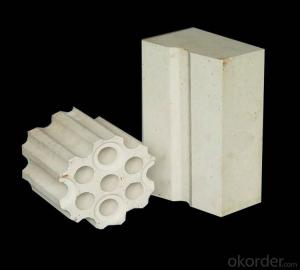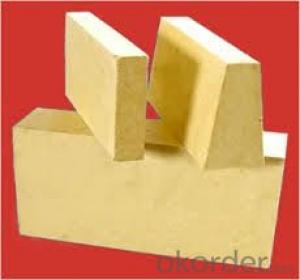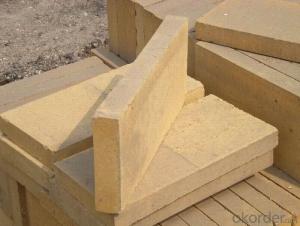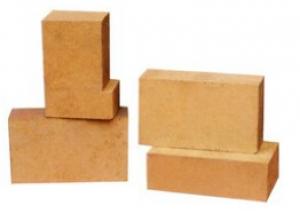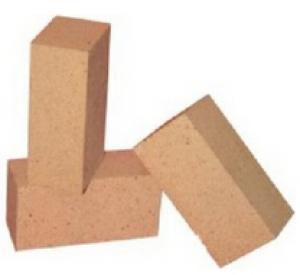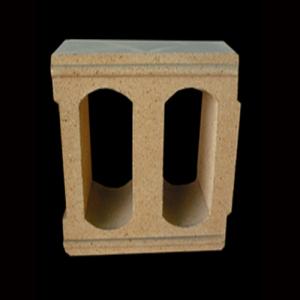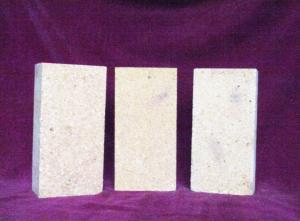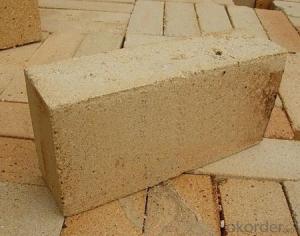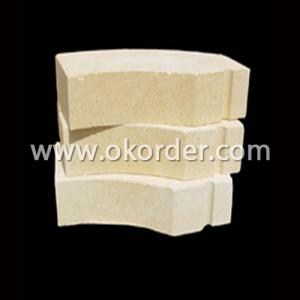High Alumina Brick for Cement Kiln
- Loading Port:
- Tianjin
- Payment Terms:
- TT OR LC
- Min Order Qty:
- 1 m.t.
- Supply Capability:
- 20000 m.t./month
OKorder Service Pledge
OKorder Financial Service
You Might Also Like
Description of Refractory Brick
Refractory Brick High Alumina for Cement Kiln is a kind of insulation refractory product taking refractory clay as main raw materials and including 30%~46% of AL2O3. Refractory Brick has a wide range of application and is mainly used in thermal equipment and insulation layer of industrial furnaces.
Features of Refractory Brick
1. Low bulk density, low thermal conductivity, good thermal insulation performance.
2. Refractory category allow direct contact of fire, suitable for various atmosphere.
3. Good integrity with furnace lining, long service life, easy operation, could be shaped freely.
Specifications for Refractory Brick
parameters | Refractory Brick High Alumina for Cement Kiln | |||||||||
NG-1.5 | NG-1.3a | NG-1.3b | NG-1.0 | NG-0.9 | NG-0.8 | NG-0.7 | NG-0.6 | NG-0.5 | NG-0.4 | |
Bulk density g/cm3 | ≤1.5 | ≤1.3 | ≤1.3 | ≤1 | ≤0.9 | ≤0.8 | ≤0.7 | ≤0.6 | ≤0.5 | ≤0.4 |
cold crushing strength MPa | ≥5.9 | ≥4.4 | ≥3.9 | ≥2.9 | ≥2.5 | ≥2. 5 | ≥2.0 | ≥1.5 | ≥1.2 | ≥1.0 |
Testing temperature when reheated with 2% contracting rate℃ | 1400 | 1400 | 1350 | 1350 | 1300 | 1250 | 1250 | 1200 | 1150 | 1150 |
Thermal conductivity , W.(m.k)-1 (350℃±25℃) | ≤0.7 | ≤0.6 | ≤0.6 | ≤0.5 | ≤0.4 | ≤0.35 | ≤0.35 | ≤0.25 | ≤0.25 | ≤0.2 |
Images of Refractory Brick
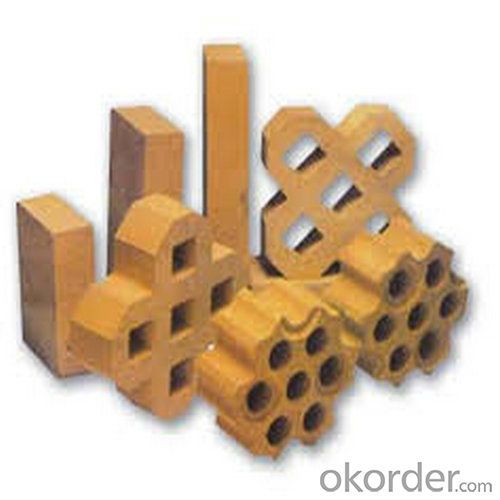
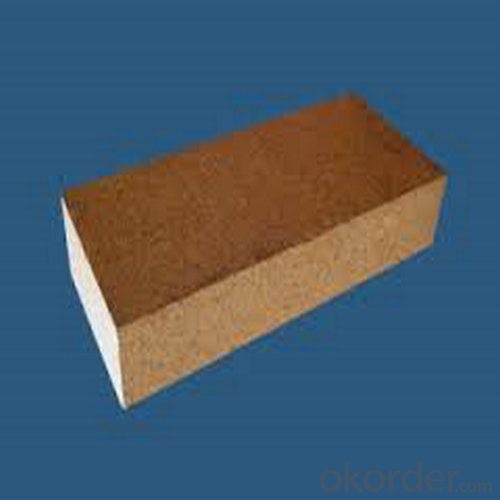
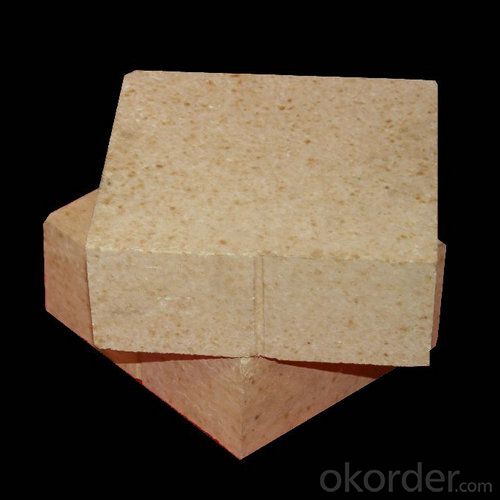
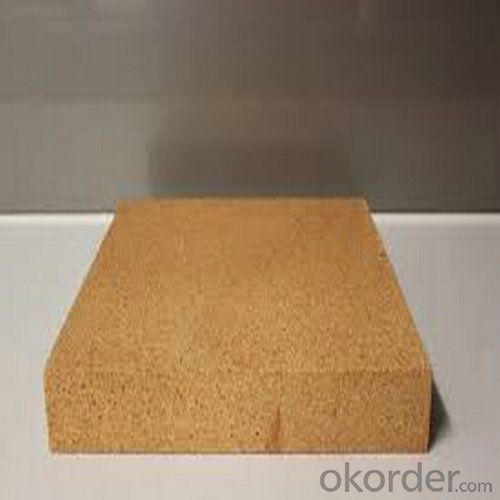

Application of Refractory Brick
1. Furnaces of metallurgy industry, heat treatment furnace.2. Furnaces of chemical industry and construction industry.
3. Furnace of incineration of garbage, recirculating fluidized bed furnace .
FAQ of Refractory Brick
1. Which products do you have?
We have all kinds of refractory brick, castable, mortar, cement, ceramic fiber products, etc.
Or you could browse our products to choose what you need.
2. Can you give me a general idea of the specification and technical data of your products?
CNBM offer a range of refractory and insulation products. We provide refractory bricks, monolithic refractories as well as ceramic fiber products. And On your given shapes, drawings or description, we are producing refractories with all sizes and shapes, resistant to temperature from 800 °C till 1800 °C, using various machines and equipments for cutting, grinding, drilling, polishing, shaping processes.
Every refractory product by CNBM is of superior quality. Lesser refractory products can not approach. CNBM utilizes proprietary testing methods, testing for chemical content, density, apparent porosity, cold crush strength and modulus of rapture. With stringent quality control, you can count on CNBM products to exceed refractory industry standards and your expectations.
3. Can you give me a brief introduction of the application of your products?
We are mainly specializing in the refractory materials in iron and steel, cement, glass, ceramics, petrochemical, electric power Industry, etc.
4. If I need your offer, what information do you need?
In order to choose suitable products, it will be appreciated to provide us the information, such us specification, technical data, order quantity, products application etc.
If any question, please contact us freely.
- Q: What is the heat preservation material used in a laboratory furnace?
- Thermal insulation cotton is a high-purity clay clinker, alumina powder, silica powder, chromium sand and other raw materials in the industrial furnace melting at high temperature, forming fluid. Then, compressed air is used to blow or use the wire throwing machine to turn the yarn into a fiber shape. After the cotton collector is collected, the cotton is formed into a heat preservation cotton.The high alumina brick is usually made of high alumina clinker with small amount of clay. After grinding, the high alumina brick is poured and shaped in the form of slurry by the way of gas generation or foam, and it is burnt at 1300~1500 DEG C. Sometimes industrial alumina can be used instead of some bauxite clinker. Used for lining and insulation of masonry kilns, as well as for areas where there is no strong, high temperature molten material erosion and erosion. When contacting the flame directly, the surface contact temperature shall not be higher than 1350 degrees centigrade.
- Q: What is the difference between corundum and high alumina??
- The main component of high purity 99 corundum brick is corundum sand,90 corundum brick is mainly composed of corundum sand and a small amount of Suzhou soil, mullite.
- Q: What are the requirements for Rubble backfill height?
- Backfill should be filled with large stones, big face, small face upward, the decoration is stable, and then use small stones leveling, the gap between the stones can be swept into the slag, gravel, so that the gap filled.
- Q: What are the specific raw materials for plastic pallets?
- There are two kinds of raw materials for plastic pallets: one is polypropylene (PP) and the other is polyethylene (HDPE).Plastic pallets for logistics storage: pp+pe material, recycled material 10%;Plastic trays for food trays: food grade PP, PE, pc;Polyethylene (HDPE) has excellent impact resistance and cold resistance, and it can resist environmental stress cracking. Excellent chemical stability, good oil resistance. Water absorption and tiny, low permeability, organic vapor transmission rate is larger. Electrical insulation is good, in all frequency range, dielectric properties are extremely excellent.
- Q: The difference between aluminium refractory and magnesia refractory
- Therefore, the difference between the two is a neutral, one is alkaline, the original product is different naturally.
- Q: What are the common thermal insulation materials for thermal conductivity?
- The vacuum heat insulation plate is a kind of high efficiency thermal insulation board made of inorganic fiber core material and high resistance gas composite film. It is made of vacuum encapsulation technology and covered with special interface mortar.
- Q: What are ordinary bricks, refractory bricks, hollow bricks?
- Light yellow or brownish. The utility model is mainly used for laying smelting furnaces, and can withstand high temperature between 1580 DEG C and 1770 DEG C. Also called brick. Refractory material of a certain shape and size. According to the preparation process can be divided into bricks, brick, electric melting brick (Rong Zhuzhuan), the refractory insulating bricks; according to the shape and size can be divided into standard brick, brick, brick and other specific type. It can be used as high temperature building materials and structural materials for construction kilns and various thermal equipments, and can undergo various physical, chemical and mechanical changes at high temperature. For example, refractory clay brick, high alumina brick, brick, brick etc..
- Q: How to reduce the harm caused by two times mullite in high alumina refractory material
- Two times mullite refers to the content of aluminum is about 70%, in high temperature sintering, the expansion coefficient is large, the thermal expansion rate is high.
- Q: The difference between clay bricks and clay bricks
- According to the hole rate: solid brick (no hole or hole rate less than 25% bricks), porous brick (hole rate is equal to or greater than 25%), the size of the hole is small and the number of bricks, usually used in load-bearing parts, higher strength level. Hollow brick (hole rate equal to or greater than 40%, large pore size and small amount of brick, commonly used in non load parts, low strength grade).Solid bricks and porous bricks are mostly used for load-bearing structural walls. Hollow bricks are mostly used in non load bearing structures.
- Q: What should be used as binder for making high alumina bricks?
- In addition, high alumina micro powder can be used as binding agent, or high alumina micro powder and clay powder are prepared according to a certain proportion, and synthetic mullite is used as bonding agent. With these binders, high alumina bricks without two expansion can be prepared.
Send your message to us
High Alumina Brick for Cement Kiln
- Loading Port:
- Tianjin
- Payment Terms:
- TT OR LC
- Min Order Qty:
- 1 m.t.
- Supply Capability:
- 20000 m.t./month
OKorder Service Pledge
OKorder Financial Service
Similar products
Hot products
Hot Searches
Related keywords
